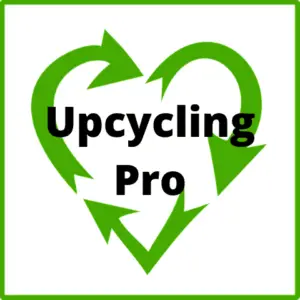Introduction
Recycling is an essential practice that helps conserve natural resources, reduce pollution, and promote sustainability. However, some materials pose unique challenges to recycling efforts, such as styrofoam.
In this article, we will explore the issue of styrofoam recycling, its impact on the environment, and the alternatives to styrofoam.
What is Styrofoam?
Styrofoam, also known as expanded polystyrene foam (EPS), is a lightweight plastic material used in a variety of products, such as cups, plates, and packaging materials.
Styrofoam is not biodegradable, meaning it does not break down naturally and can persist in the environment for hundreds of years. Styrofoam also poses a threat to wildlife and marine life, as they may mistake it for food and ingest it.
Can Styrofoam be Recycled?
While styrofoam is technically recyclable, it poses several challenges to the recycling process. Styrofoam is lightweight and bulky, making it expensive to transport and store. Additionally, it is not accepted in curbside recycling programs in most areas, and the infrastructure for recycling styrofoam is limited.
However, some cities and businesses have implemented programs to recycle styrofoam, and new technologies are being developed to improve styrofoam recycling.
The Alternatives to Styrofoam
Fortunately, there are several alternatives to styrofoam, such as paper-based products, biodegradable plastics, and reusable containers. These alternatives are often more environmentally friendly and cost-effective than styrofoam.
Consumers can also identify products that are not made of styrofoam by looking for labels such as “compostable” or “recyclable” on packaging materials.
The Environmental Impact of Styrofoam
Styrofoam has a significant impact on the environment. When styrofoam products are disposed of in landfills, they do not break down naturally and can persist in the environment for hundreds of years.
Additionally, the production of styrofoam requires significant amounts of fossil fuels and releases harmful chemicals into the environment.
The Economic Impact of Styrofoam
The production and disposal of styrofoam have significant economic costs. The cost of producing styrofoam is high, and the disposal of styrofoam products in landfills is expensive. Additionally, styrofoam products can cause damage to recycling equipment, resulting in additional costs for recycling facilities.
The Future of Styrofoam Recycling
Efforts are being made to improve styrofoam recycling, including the development of new technologies for recycling styrofoam and the implementation of styrofoam recycling programs in some cities and businesses. However, styrofoam recycling remains a challenge due to its lightweight and bulky nature, limited infrastructure, and high costs.
Conclusion
In conclusion, while styrofoam is technically recyclable, it poses several challenges to the recycling process and is rarely recycled. Fortunately, there are several alternatives to styrofoam that are more environmentally friendly and cost-effective.
By choosing these alternatives and supporting styrofoam recycling efforts, we can help reduce the environmental and economic costs of styrofoam production and disposal.
FAQs
- What is the difference between Styrofoam and foam products? Styrofoam is a type of expanded polystyrene foam (EPS) that is trademarked for a specific variation of EPS packaging, while foam products can refer to any type of foam material.
- Can I recycle styrofoam at home? No, styrofoam cannot be recycled at home and should not be placed in curbside recycling bins.
- What happens to styrofoam in landfills? Styrofoam does not decompose naturally in landfills and can persist in the environment for hundreds of years.
- How long does it take for styrofoam to decompose? Styrofoam takes hundreds of years to decompose naturally in the environment.
- What can I do with styrofoam if it can’t be recycled? Some cities and businesses have implemented styrofoam recycling programs, or styrofoam can be reused or repurposed, such as for insulation or art projects.
Looking to make money from recycling?
Click here to learn how with our step-by-step guide showing you everything you need to know.

